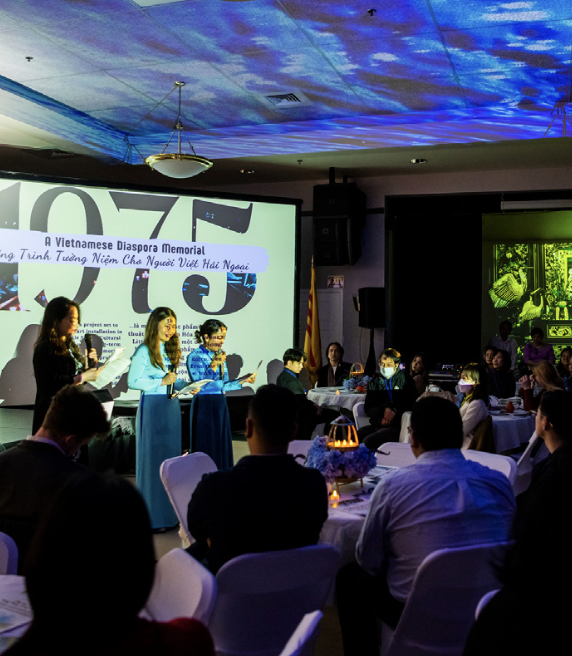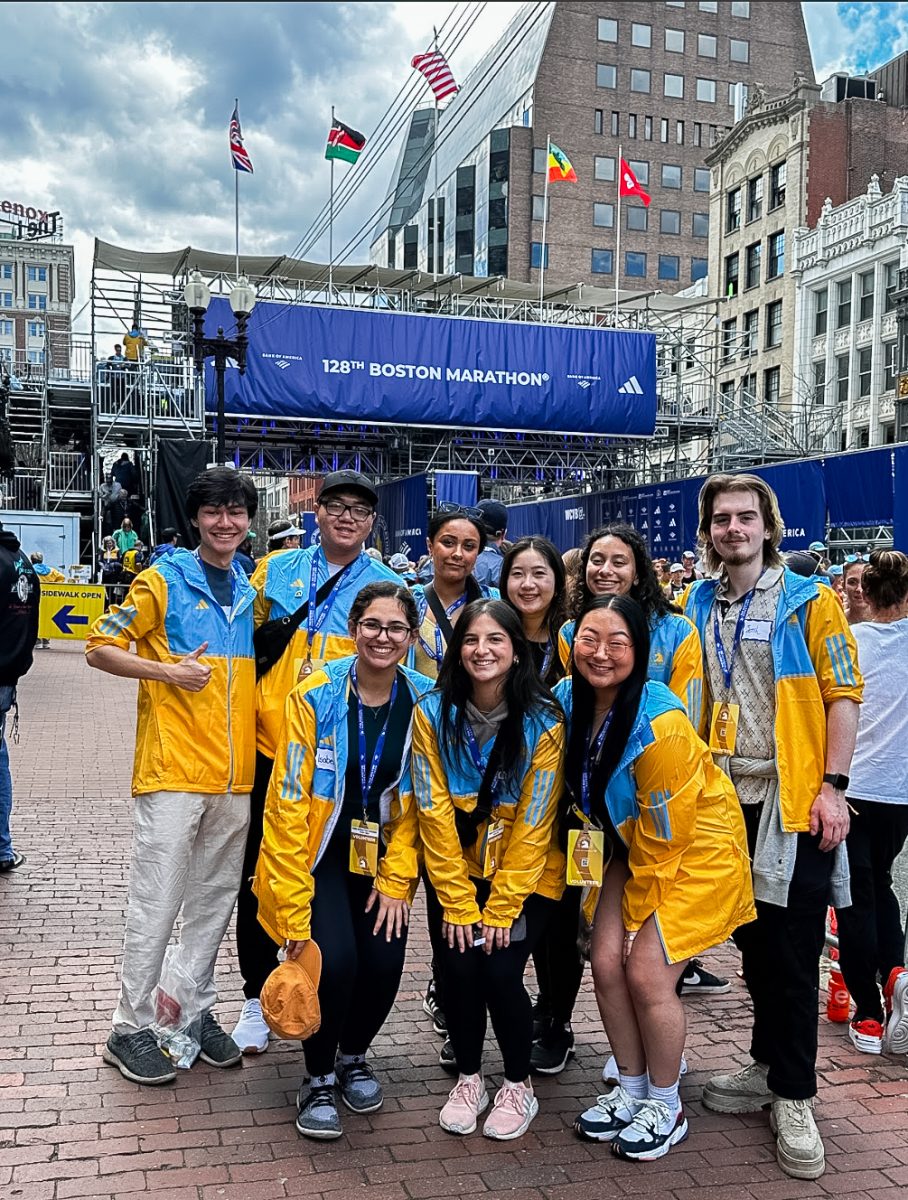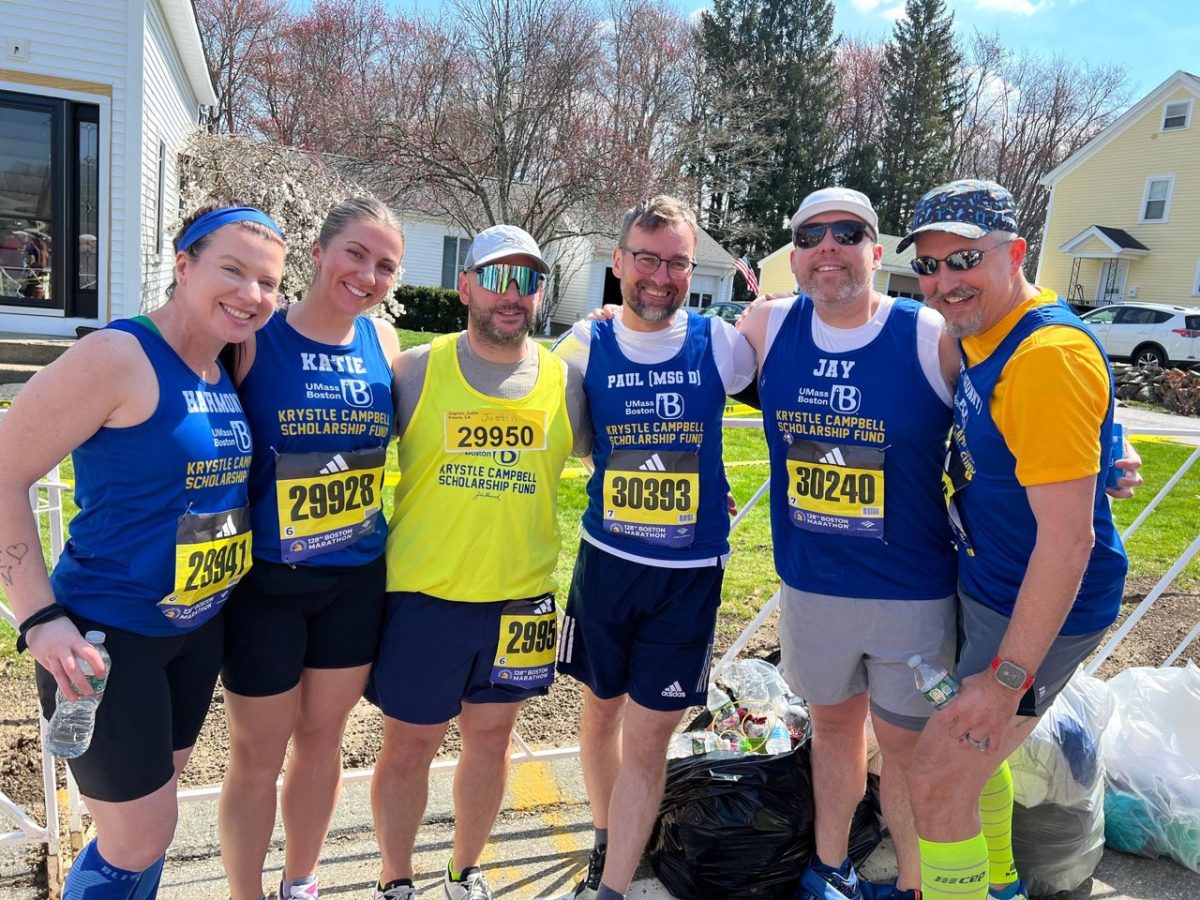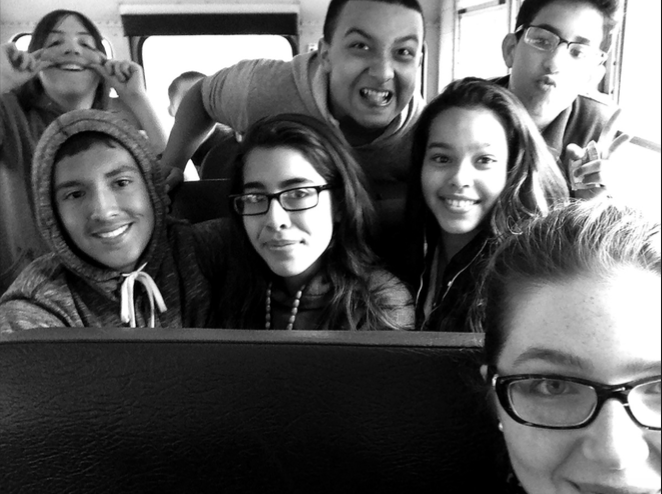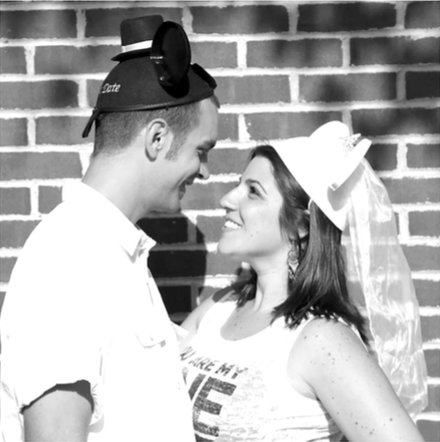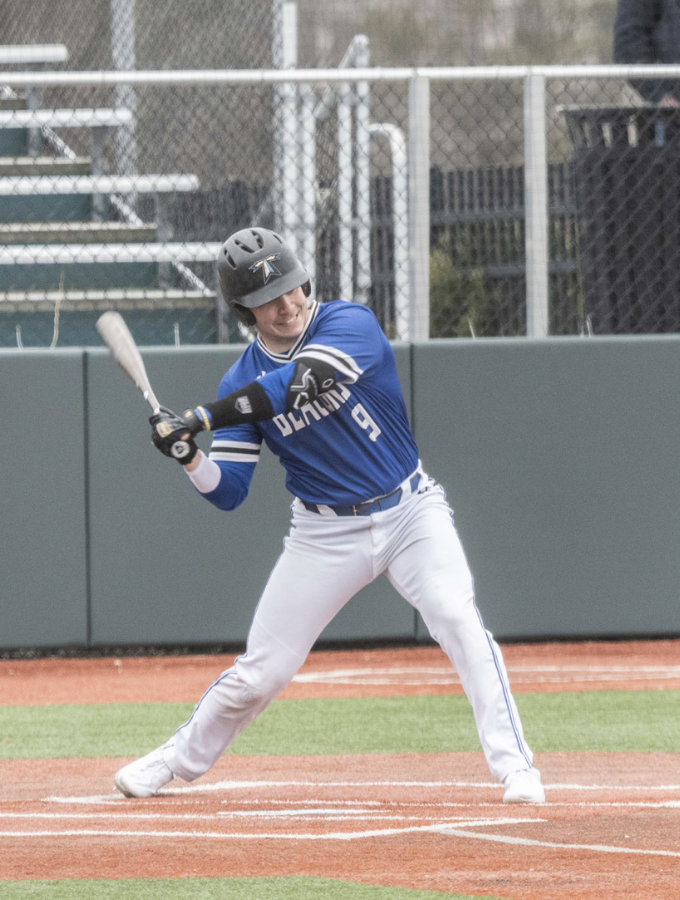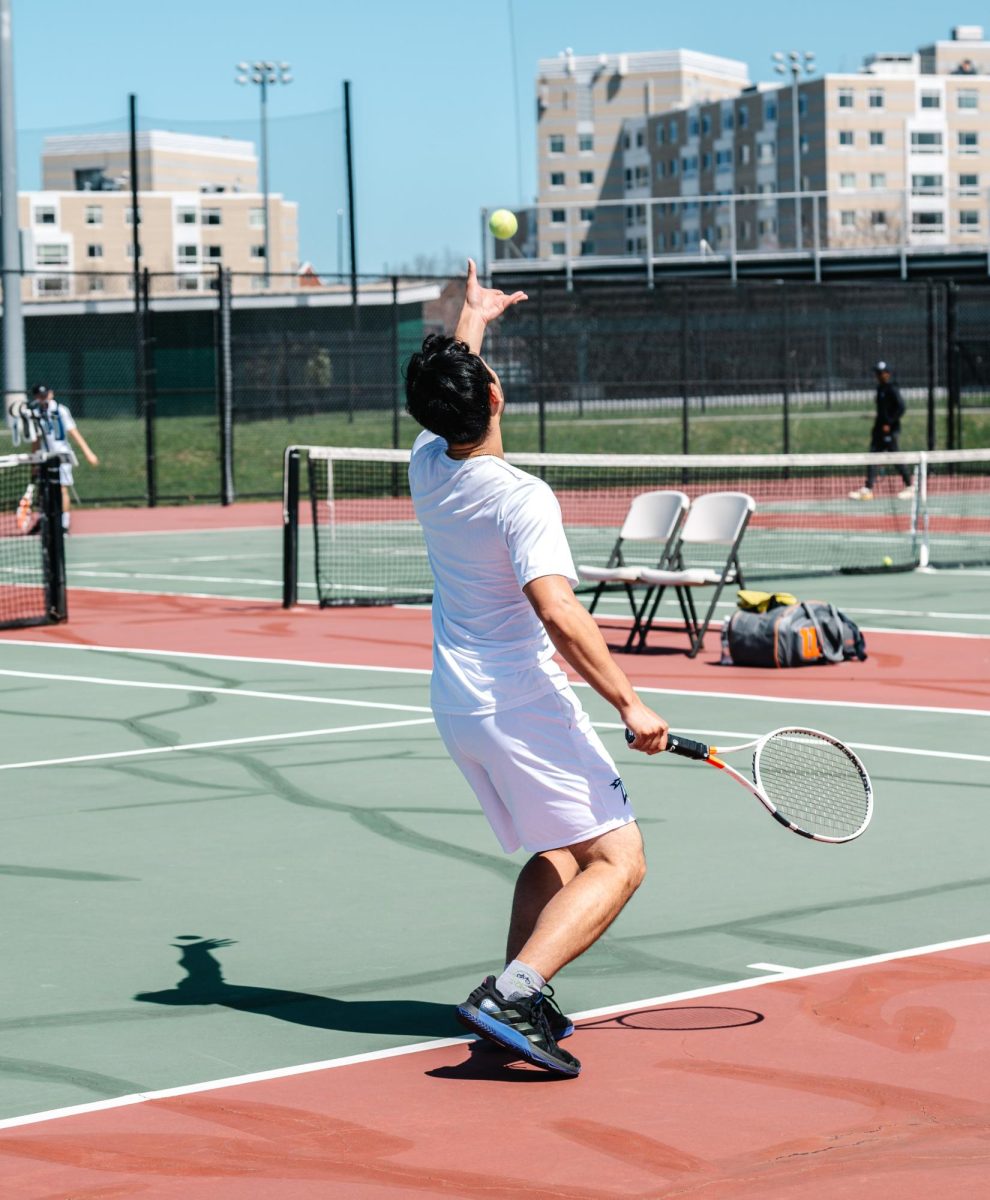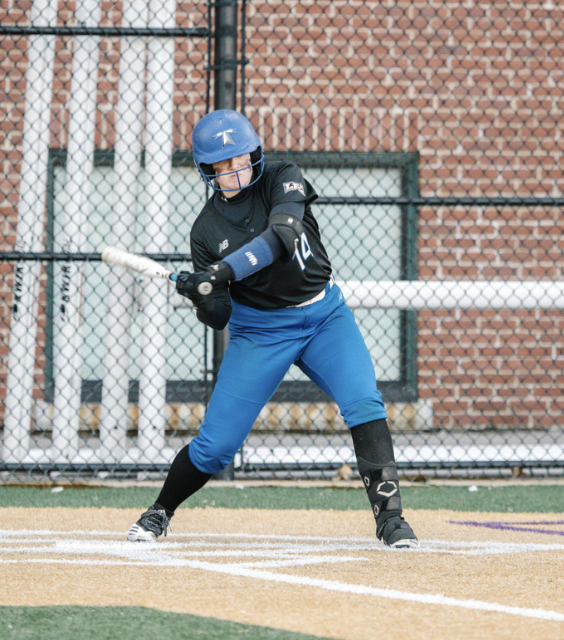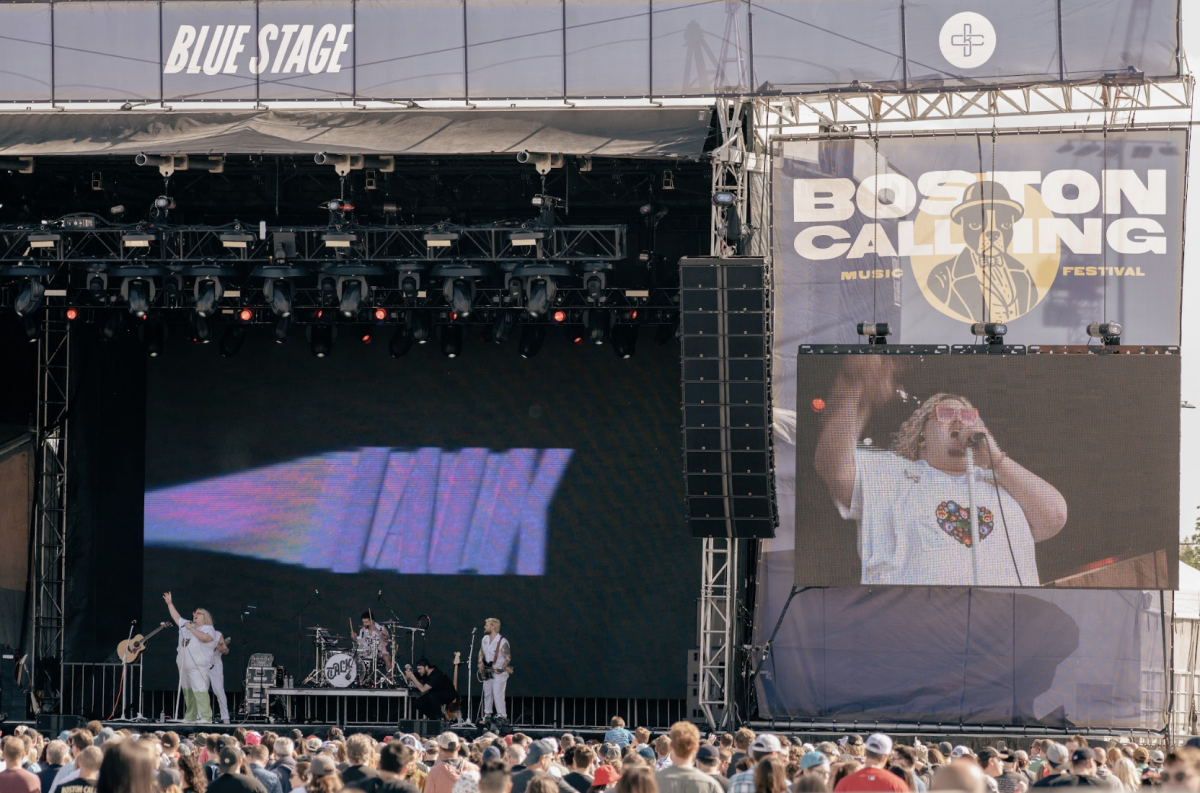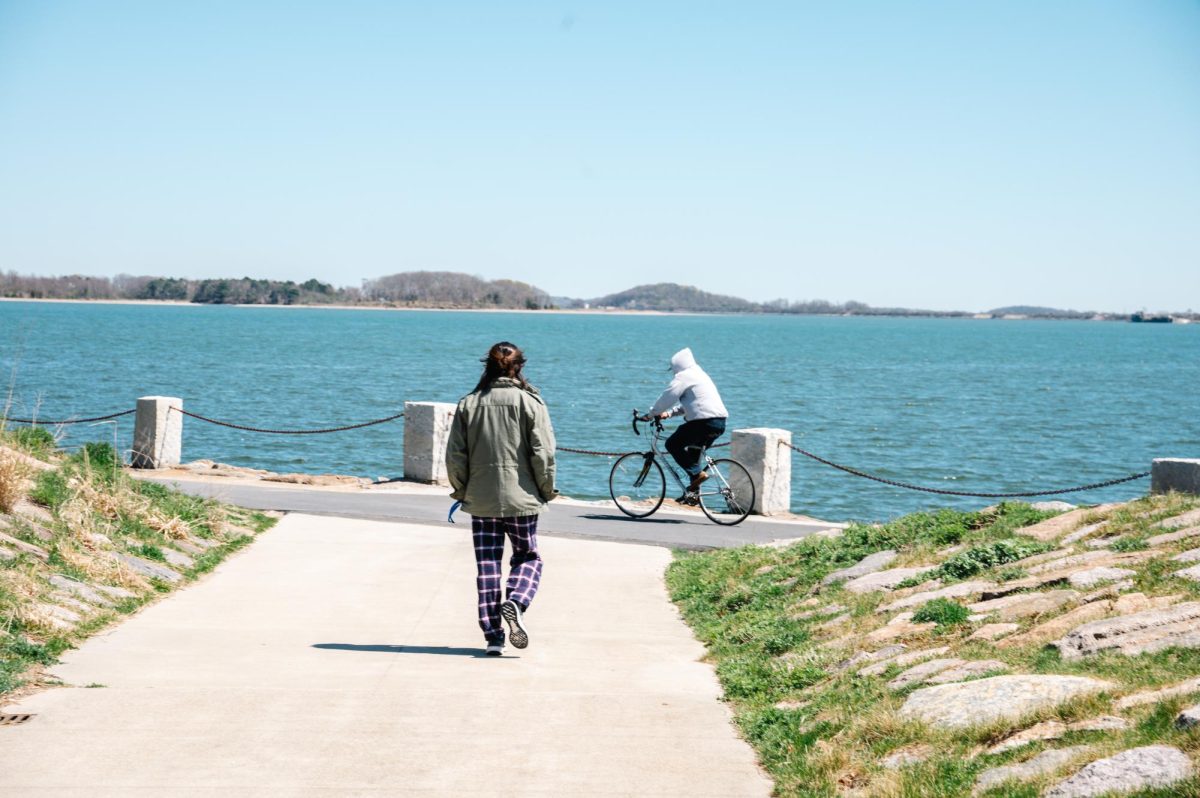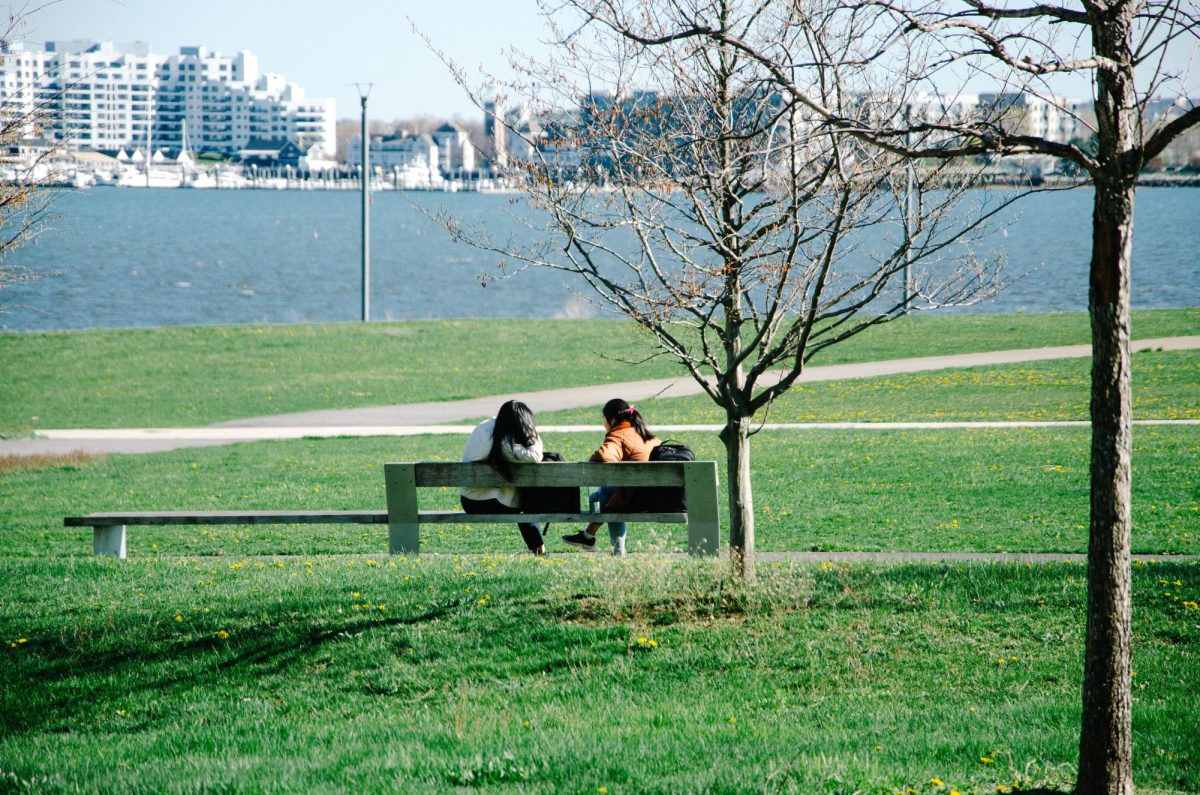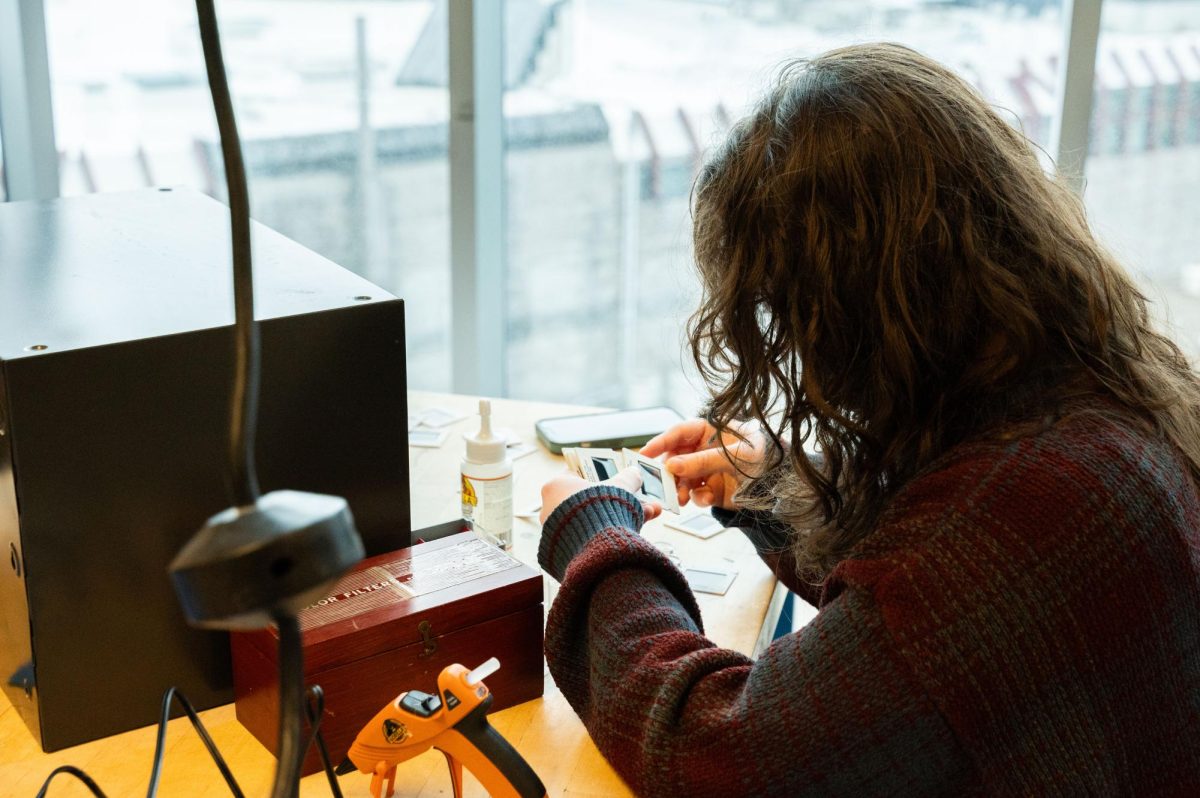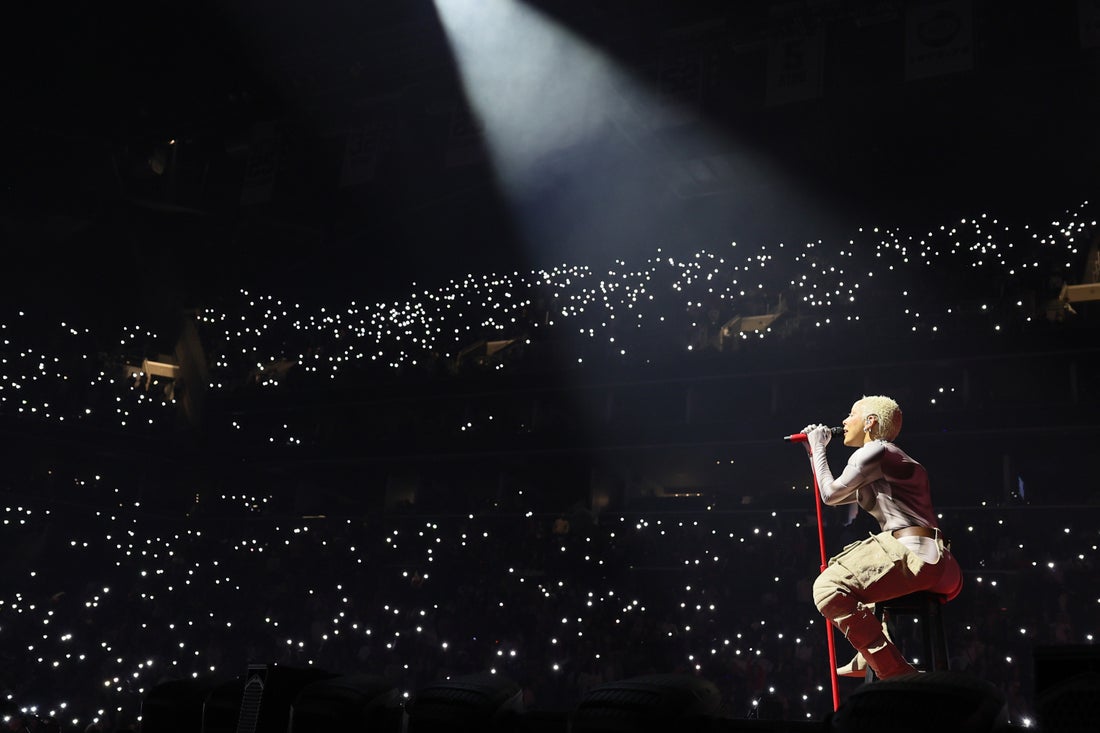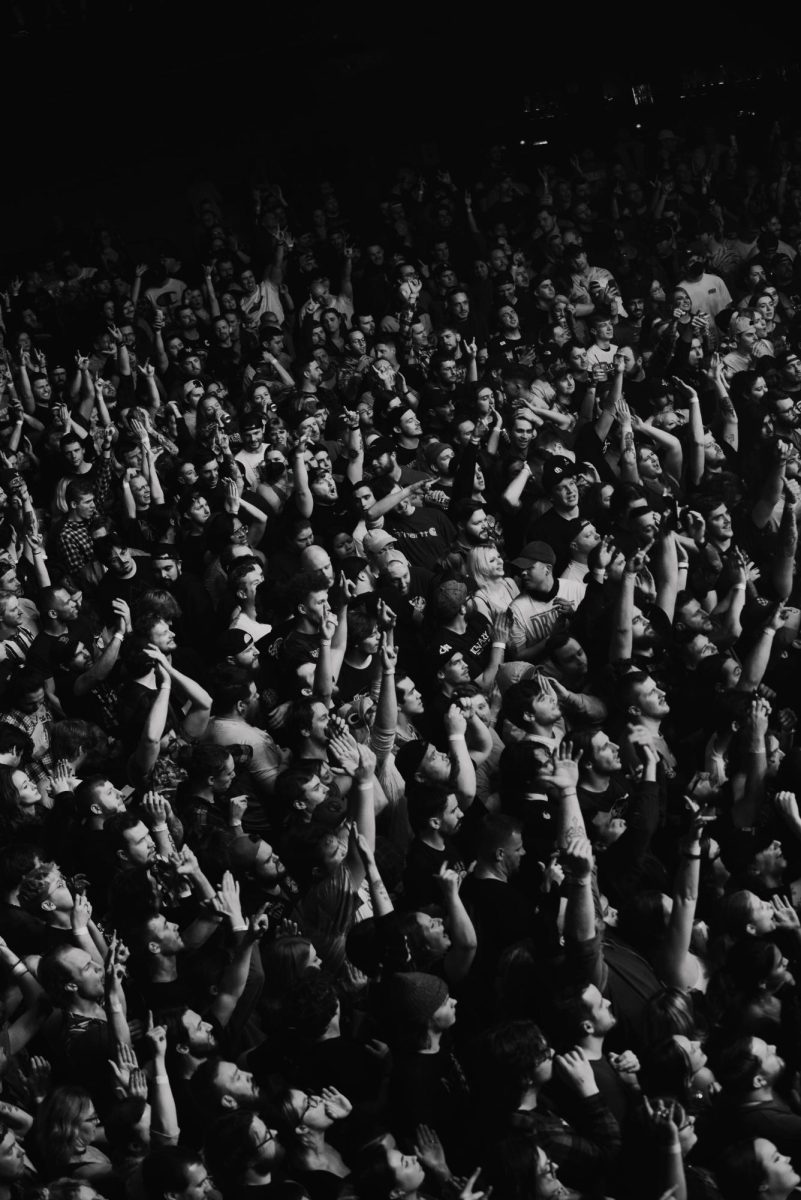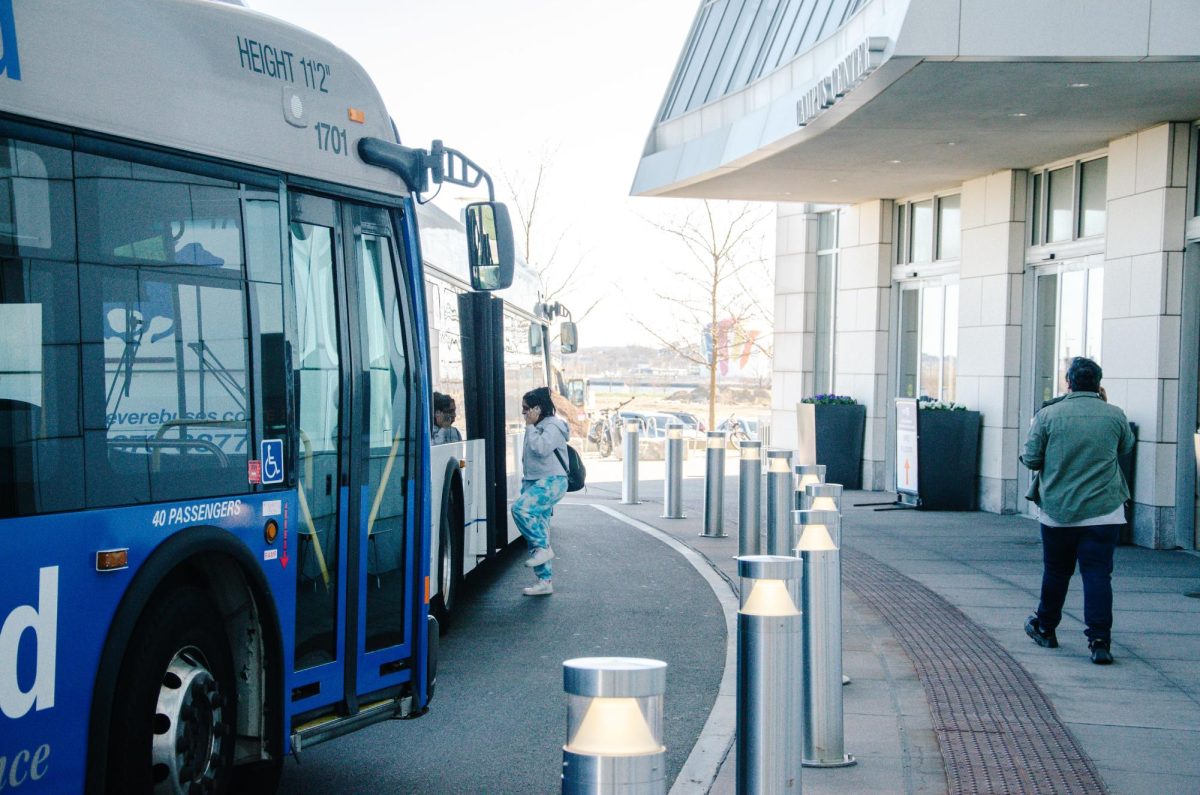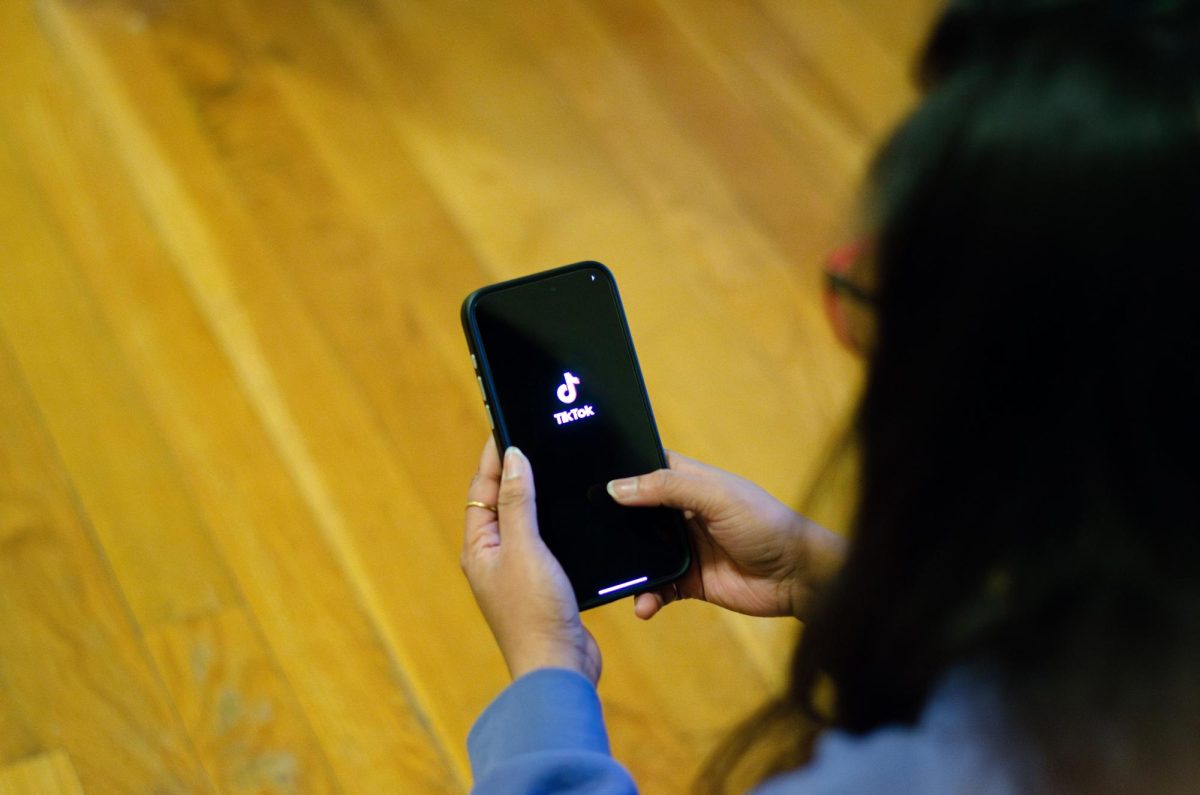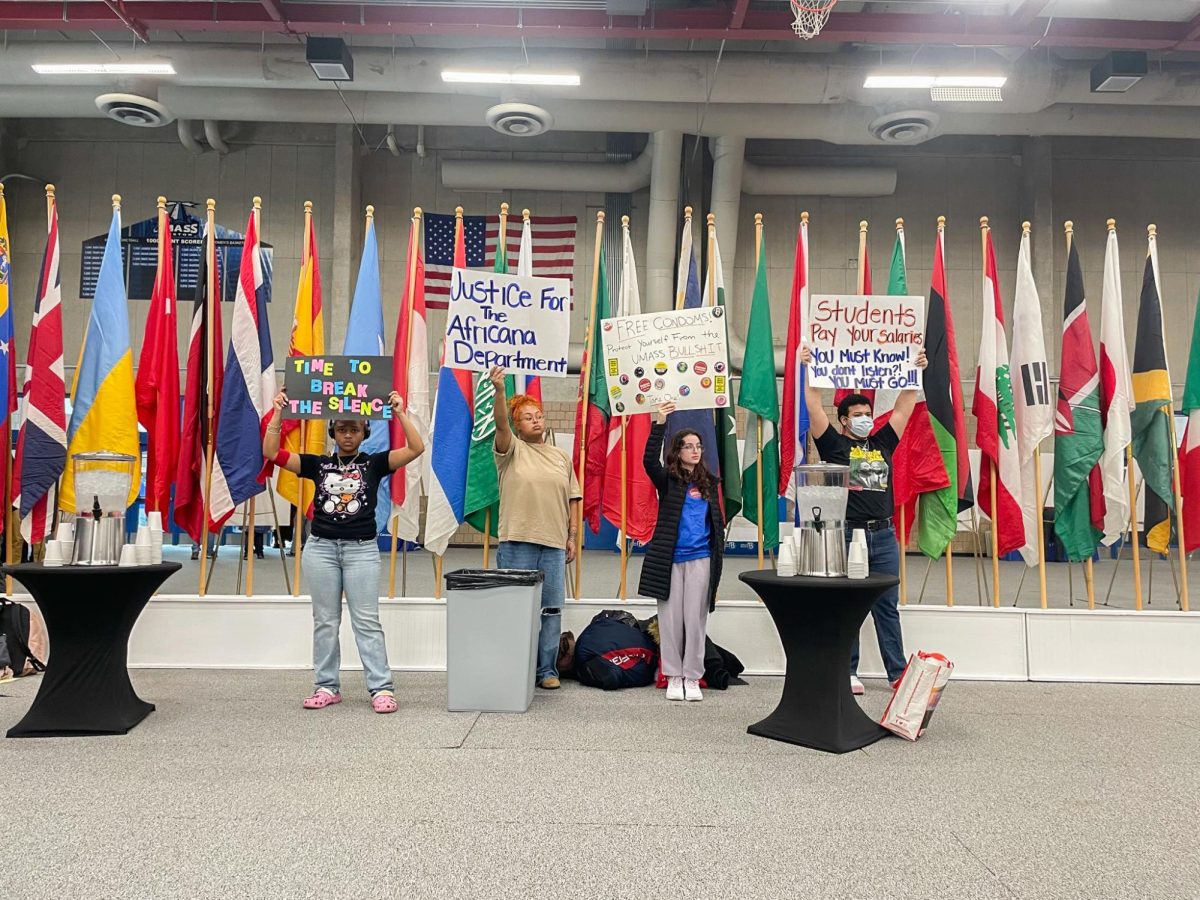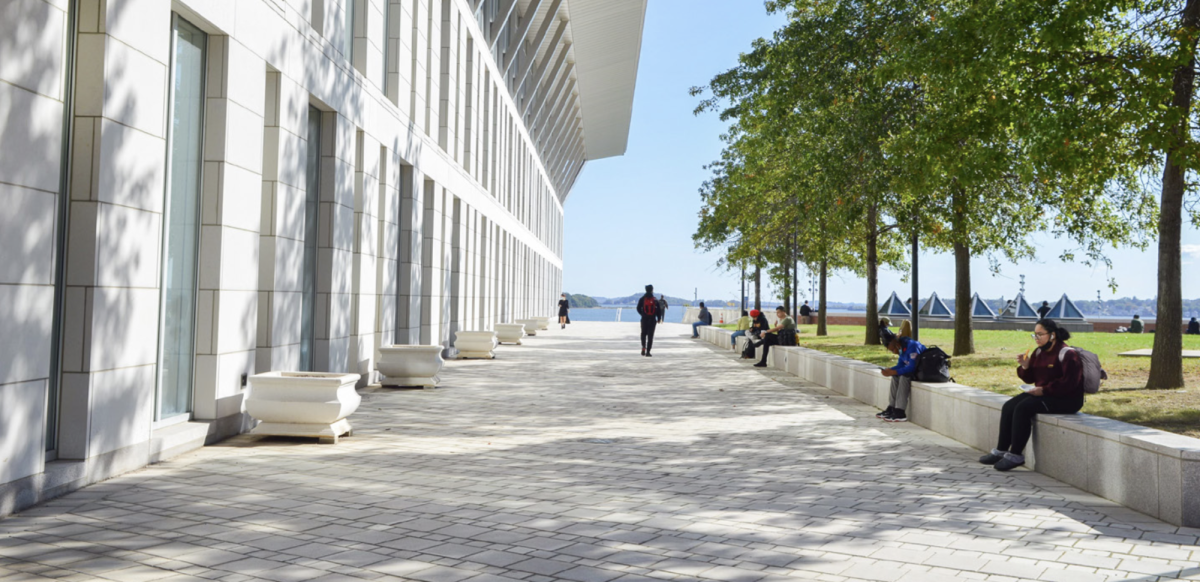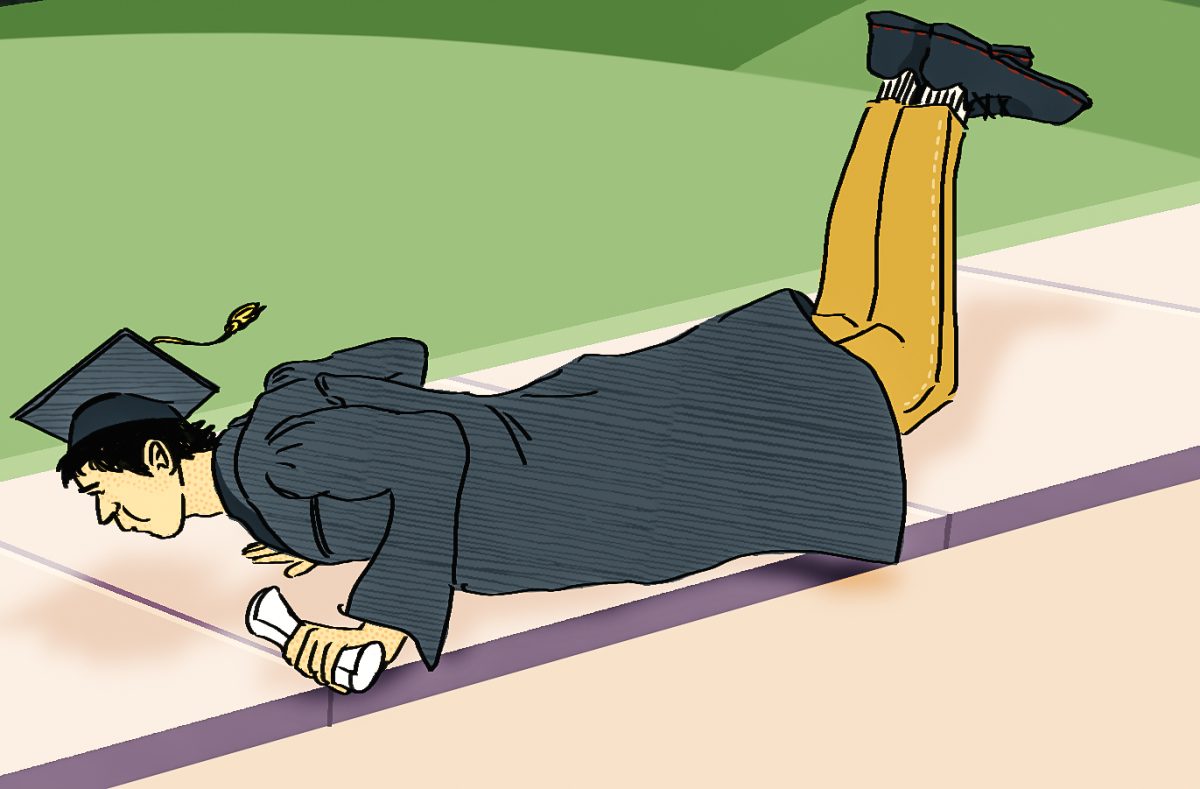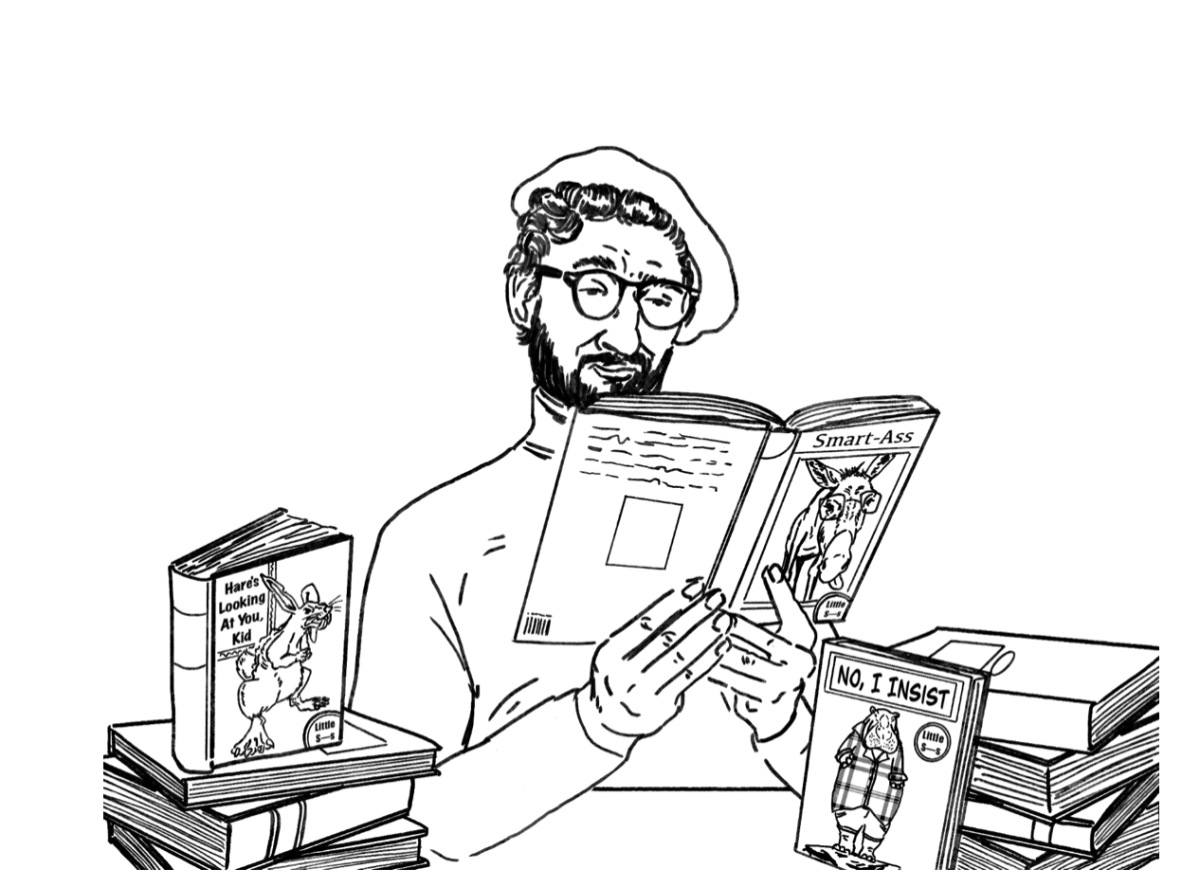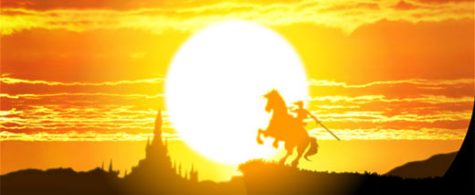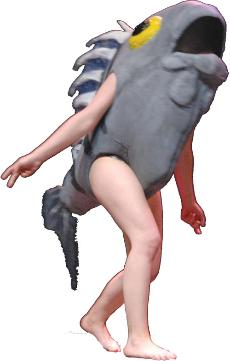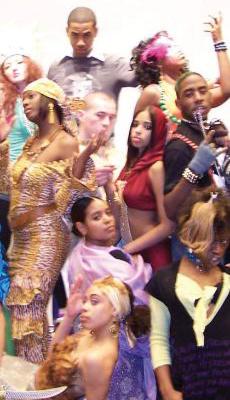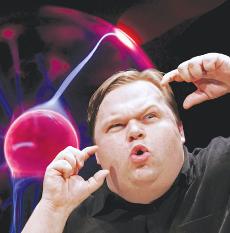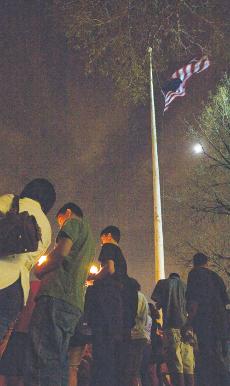Pinhole to the Past
April 30, 2007
var uslide_show_id = “5807064d-dbdc-476e-bc90-8a5661fff907”;var slideshowwidth = “468”;var linktext = “”;”Maybe its my personal identification with those who have been disconnected by society at large that sends me to Hokkaido. I’ve had my own setbacks and intend this project as a vehicle for reflection and witness to other’s transcendence over adversity…”
These are the words of Liz Doles, the artist behind the new exhibition in the Harbor Art Gallery, “Broad Hokkaido: Pinhole Photos and Other Images of Japan.”
Traveling to Japan to make art that captures the culture and society of a nearly forgotten place has been a lifelong dream of UMass Boston student Doles. From April 23 to June 5, the Harbor Art Gallery will display her work in a new exhibition. With a homemade pinhole camera fashioned out of a heavily taped laundry detergent box in tow, Doles used scholarship money from the art department top make the trip to Hokkaido. While there, she toured the region and captured what she saw with the rudimentary device. Drawn by a fascination with the culture, Doles set out to take hold of the region visually, to bottle a bit of the wonder that was all around her.
Dole traveled to Tokyo and then to Hokkaido, the northern most island of the Japanese peninsula. While there Doles immersed herself in the traditions of the people, taking in all aspects of Hokkaido society.
The people in the streets, riding trains and buses, going to and from school and work, all of these familiar aspects of modern society are alive and well in Hokkaido. These aspects of the Japanese culture are weaved with glimpses of the past that are found in the region. The work manages to illustrate the strange melding that is modern day Japan, the old and the new intermingle in a hypnotic cultural dance.
Bits of the past, an ancient past steeped in tradition and magic, are found everywhere. Ancient temples, thousands of years old, stand proudly in the shadows of the most modern of the world’s societies. Japan is the birthplace to all that we call technology, the land of video games and economical vehicles, but it is also a land seeped in a history that is miles from modern.
Doles was drawn to the plight of the Ainu people, a group of indigenous people in Hokkaido who have suffered discrimination for years, much like American Indians they have been looked down upon as second class citizens for as long as anyone can remember. The Ainu still reside in the region and still cling steadfast to their identity.
The work presented by Doles ranges from landscape to portraiture, documentary photography to collage, as well as translating the language of the Ainu people into English. The use of pinhole photography allows for a certain eerie mystical quality to the landscape pieces, making them look as if they are masked in an ancient fog. Looking into the pieces, shots of centuries old buildings mix perfectly with more modern environments, one can’t help but feel they are in another time and place. It is nearly impossible to imagine that something so wondrous could exist somewhere in our world today. Her portraiture, shots of some of the people she encountered on her trip, is just as haunting. Looking into the faces of people from another place, a whole other world, you are transported to that place.
Much of the work is of a documentary photography-style, still done with the pinhole medium. The viewer looks, somewhat voyeuristically, at men and women riding to and from work. They watch the hustle and bustle of local marketplaces, smoke rising like serpents through the still air. Though most of the work is done in black and white, there are moments where Doles utilizes color to show the intricacies of traditional Ainu dress and rituals. An Ainu artist, his medium of choice being carved wood, sits with his wife, decked out in the green and blue of the traditional clothing of their ancestors. One photograph shows a child dancing beside an open fire, the end of an evening of ritual and celebration.
The work here will draw the viewer in as they look into a place of enchantment and astonishment, it will take the viewer from the rainy confines of UMass Boston to the mysticism of ancient Japan. It will transport the viewer to the land that is Hokkaido.
The gallery, located in McCormack Building, on the first floor, just to the right of the “front” door, the one with the huge lobster on the wall, is open Mondays, Wednesdays and Fridays from 9 a.m. to 6 p.m. and on Thursdays from noon to 6 p.m. So, head down to the Harbor Art Gallery and take yourself away for a few moments, take yourself to Hokkaido.


